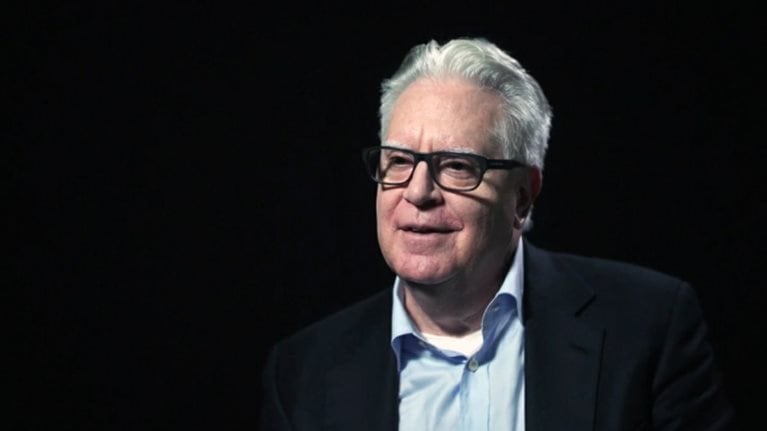In many companies, the top jobs sit on the top row of the organization chart. But this is changing. Research has shown that only about 5 percent of the jobs in a company today create 95 percent of the impact. And this 5 percent is different for every company—with key roles sometimes found deep within or on the outskirts of an organization.

“To help clients identify their most valuable jobs, we start with their aspiration,” explains Sarah Pobereskin, an associate partner who is helping to develop the new Talent Management service line within our Organization Practice. “How much do they want to grow? Which markets or products do they want to develop? Then, we can help them define the critical jobs and talent that they need to get there. It’s not unusual for a company to find significant gaps—complete sets of jobs they will need in 3 to 5 years but don’t have today.”
To deepen our expertise in this area, McKinsey has formed a partnership with CEO.works, an advisory firm founded by Sandy Ogg. Sandy has held leadership roles in HR for Unilever and Motorola, and he helped pioneer the concept of linking talent and jobs to the value they create within organizations. “Together, we are helping clients find their very best talent and place them in the highest value jobs— whether it’s one at a time, ten at a time, or a hundred,” explains Sandy. “This can be a source of true competitive advantage.”

“Sandy is the person that CEOs and other heads of HR look to for advice on this topic,” says Chris Gagnon, senior partner. “We have been integrating CEO.works’ intellectual property into new tools and methods of working with our clients.”
Sarah and associate Rahul Mathew describe helping a major industrial company that wanted to double revenues in 5 years, in part by expanding into Asia, through mergers and acquisitions and developing a digital sales channel.
To meet these goals, the McKinsey team identified 35 critical roles, which, if not filled, would bring the business to a standstill. They included content developers, HR business partners, product officers, and service salespeople. “We could quantify the dollar amount of value each position brought to the business—a group of five positions would deliver nearly $20 million. This was an “aha moment” for the company—many of the roles didn’t exist, or were three to four levels down in the organization and weren’t getting the right kind of CEO attention,” says Rahul.
The next step was to find the right talent for each role. One of our solutions, People Analytics, helps organizations systemically and accurately define roles by analyzing publicly available ‘markers’ and data for such positions. The Talent Match solution can then assemble and connect the best talent to each role. “What was once a paper-based process of binders and static Excel sheets is now interactive and data based,” observes Mike Barriere, who recently joined McKinsey as a partner after serving as chief talent officer for Walmart and CHRO for Alcoa. “Our Talent Match solution changes the conversation. We can see the implications of moving people around in real time, and decisions on candidates are made based on data and evidence rather than on opinions and impressions. And it can surface talent that previously may have been overlooked.”
Managing to talent also means changing the way an organization develops and manages performance in those critical roles. Rather than annual reviews and one-size-fits all training programs, Chris points out that “skill building for critical roles needs to be dynamic, personalized, and reviewed at the CEO level.” While managing high-potential talent once meant focusing only on senior executives, now the conversation could be revolving around the talented user-experience designer, the local Indonesian sales manager, or the junior analytics expert.